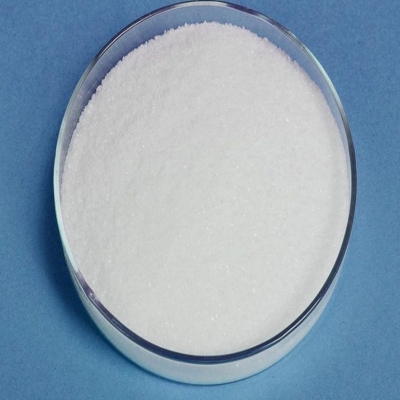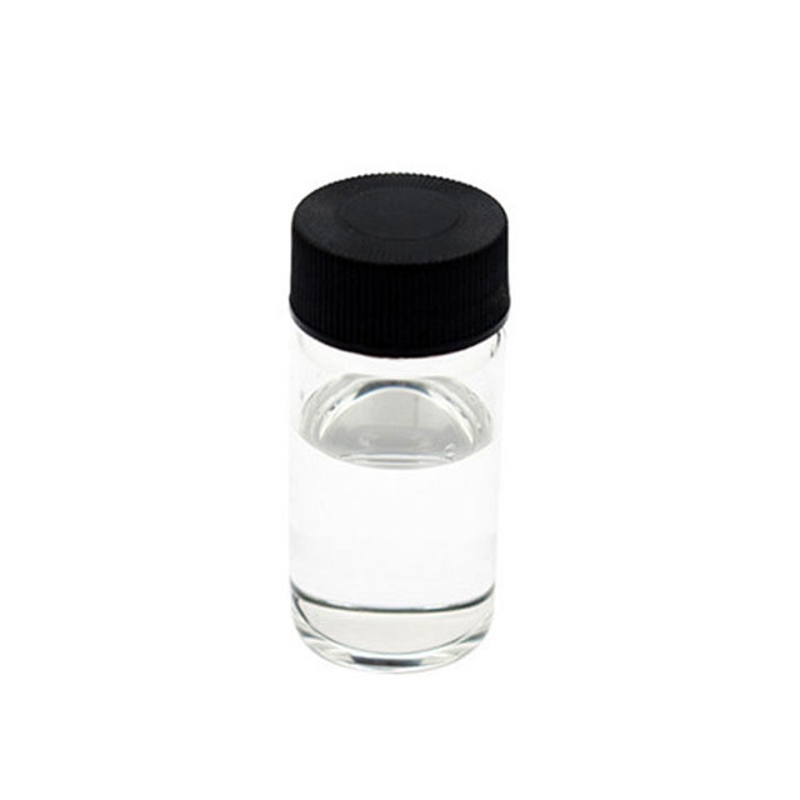Science: New drug reduces brain infarction in stroke patients and improves nerve function!
-
Last Update: 2020-07-17
-
Source: Internet
-
Author: User
Search more information of high quality chemicals, good prices and reliable suppliers, visit
www.echemi.com
Guide: About 15 million people worldwide experience strokes each year!----, about 15 million people worldwide suffer strokes each year, 5 million of them die and another 5 million suffer permanent severe disabilitiesthe current clinical treatment for ischemic stroke is limited to rapid thrombosis or removal of intravascular thrombosis to restore brain perfusion, there is an urgent need to develop new neuroprotective methods to treat stroke as a supplementary means of rapid brain reperfusionJuly 1, 2020, researchers at the University of Pittsburgh in the United States published a new study published in ScienceAdvances, which found a new injectable neuroprotective treatment peptide with blood-brain barrier permeability, TAT-DP-2, that reduces infarction area and protects long-term nerve function after strokeDOI: 10.1126/sciadv.aaz8110 voltage gated potassium channel Kv2.1 is a known key channel for regulating neuron apoptosis, which causes the loss of cytoplasmic potassium in neurons after insertion into the dendritic cell cluster membrane, resulting in apoptosis, and the overexpression of the end of the coe-source channel Kv2.2 (CT) can be used to destroy the surface cluster of Kv2.1, which inhibits the apoptonice currentin this study, the researchers identified and validated the key sequence of Kv2.2CT-mediated Kv2.1 declustering and neuroprotective action, and found that the resulting DP-2 (TAT-DP-2) compound with a cell-permeable transcription reaction factor (TAT) connection can induce significant dispersion of Kv2.1 surface clusters for up to 24 hoursbecause vesicle-related membrane protein A (VAPA) can collect Kv2.1 into clusters, the researchers tested the ability of DP-2 to bind to VAPA and found that the two could not be combinedassessing whether TAT-DP-2 can disrupt Kv2.1-VAPA interactions in vitro, the researchers found that the peptide, while not directly binding to VAPA, can effectively disrupt Kv2.1-VAPA binding aloneTAT-DP-2 replaces Kv2.1-VAPA in cortical neurons Using dual-electrode voltage clamps to monitor in real-time changes in the time changes in Kv2.1-mediated potassium currents before and after TAT-DP-2 processing, and found that TAT-DP-2-induced Kv2.1 declustering can effectively inhibit the increase of potassium-promoting currents in neurons by destroying membrane insertion in neuronsat the same time, in vitro testing found that TAT-DP-2 has a protective effect on the nerves in the cortex neurons, the researchers then injected the mice with TAT-DP-2 in the peritoneal membrane, which showed that the drug was effectively delivered to the cerebrovascular and brain essence and was able to effectively mediate the rapid dispersion of Kv2.1 surface clusters in the body, the researchers used a mouse model of ischemic stroke and arterial aclestation (MCAo) in the one-sided brain that produced a highly replicable infarction, MCAo therapy and re-injection, and TAT-DP-2 administration treatment 1 and 6 hours after the reperfusion began, and found that TAT-DP-2 has a strong nerve protection effect in mice, not only to reduce the size of cerebral infarction"In clinical practice, there is no drug that can prevent cell death after a stroke, and these trials provide some early evidence for drug targeting, and we hope that one day these results will be applied to the treatment of clinical patients," said Anthony Schulien, lead author of the report on tAT-DP-2 injections in the abdominal cavity ofmice"References: s1Targeted of the disruption Kv2.1-VAPA association sneuroagain against ischemic stroke in mice by declustering Kv2.1 channels.
This article is an English version of an article which is originally in the Chinese language on echemi.com and is provided for information purposes only.
This website makes no representation or warranty of any kind, either expressed or implied, as to the accuracy, completeness ownership or reliability of
the article or any translations thereof. If you have any concerns or complaints relating to the article, please send an email, providing a detailed
description of the concern or complaint, to
service@echemi.com. A staff member will contact you within 5 working days. Once verified, infringing content
will be removed immediately.







